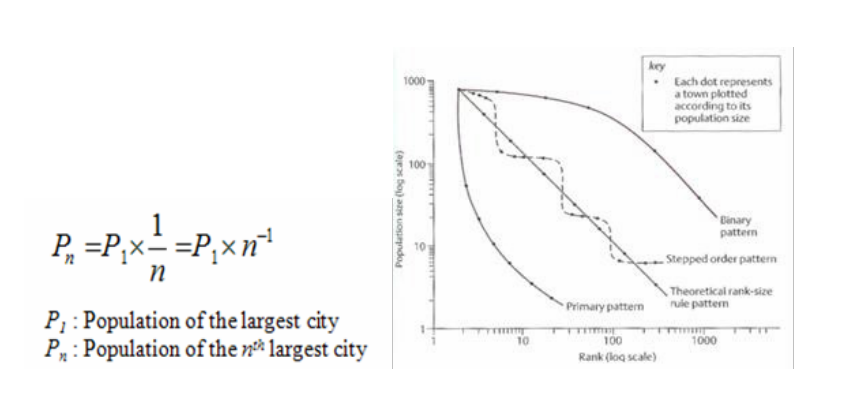
The Rank-Size Rule, formulated by the American linguist George Zipf, is a principle that describes the distribution of city sizes within a country or region. According to this rule, the second-largest city in a region should be half the size of the largest, the third-largest should be a third of the size, and so on. Essentially, the population sizes of cities are inversely proportional to their rank order. While the Rank-Size Rule has been widely applied to understand urban hierarchies globally, its relevance in the context of India has been a subject of debate. India, with its diverse and complex urban landscape, presents unique challenges and deviations from Zipf’s idealized model. This essay aims to explore the applicability of the Rank-Size Rule in the Indian context, considering factors such as historical developments, cultural influences, and economic disparities that shape the country’s urban hierarchy.
Contents
Answer
The Rank-Size Rule, formulated by George Zipf, is an empirical observation(Manifestation of logical positivism(QR)in human geography) of urban population distribution in urban geography. It describes the distribution of city sizes in a country or region. According to this rule, the population of a city is inversely proportional to its rank in the urban hierarchy. Thus the second-largest city will have roughly half the population of the largest city, the third-largest city will have a third of the population, and so on.

Its relevance in the Indian context is somewhat limited due to the unique characteristics of India’s urban system.
Primate cities Dominance
- India has a few extremely large cities like Mumbai, Delhi, and Kolkata that are significantly larger than other cities.
- These megacities defy the Rank-Size Rule as they have populations much larger than what the rule would predict for their rank.
Vast Population Heterogeneity
- India’s population is incredibly diverse, with a wide range of urban centres. The Rule tends to work better in more homogeneous populations.

Rapid Urbanisation
- India is experiencing rapid urbanisation, with many smaller towns and cities growing at a faster rate than the Rule would predict. This is partly due to factors like industrialization and migration.

Historical Factors
- India’s urban system has been influenced by historical and cultural factors, leading to unique patterns of city growth and distribution.
Rank size rule is a phenomena of developed nations
- Where proper developmental and urban planning laws are followed eg. USA while developing countries, like India, are characterised more by presence of primate cities.
While the Rank-Size Rule may not fit perfectly in the Indian context, it can still offer some insights into the distribution of population across cities. However, other models and theories, such as Central Place Theory and Primate City Theory, may provide a better understanding of India’s urban landscape by accounting for its specific characteristics and complexities.
In case you still have your doubts, contact us on 9811333901.
For UPSC Prelims Resources, Click here
For Daily Updates and Study Material:
Join our Telegram Channel – Edukemy for IAS
- 1. Learn through Videos – here
- 2. Be Exam Ready by Practicing Daily MCQs – here
- 3. Daily Newsletter – Get all your Current Affairs Covered – here
- 4. Mains Answer Writing Practice – here

